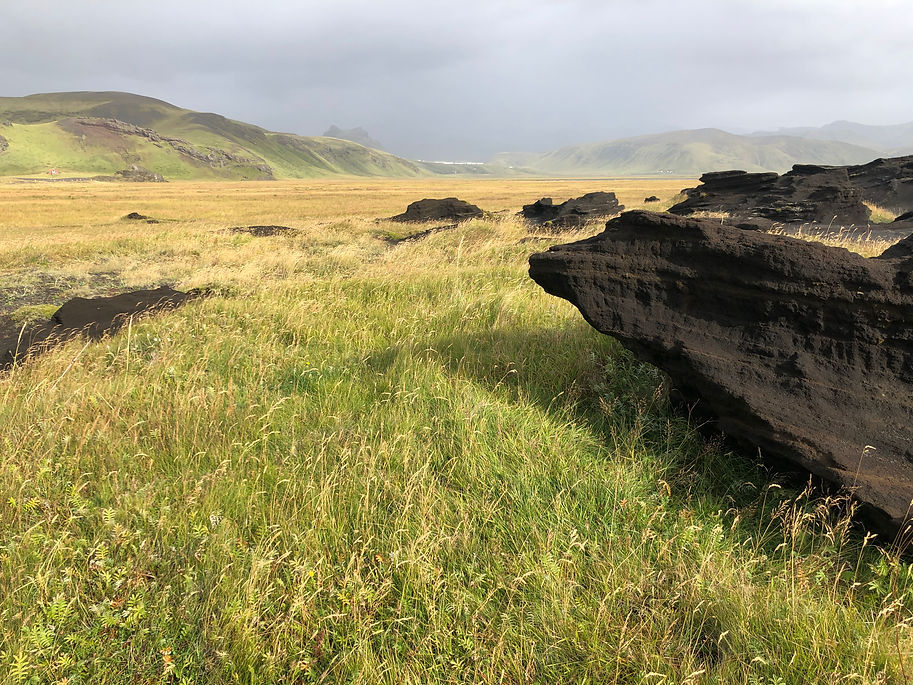
Mobile heritage
Walking and the environment through future and historical perspectives
One by Walking invites interdisciplinary scholars and artists interested in walking to a conference at Hanaholmen Cultural Center for Sweden and Finland in Helsinki, Finland, 16-17 September 2024.
Background
We are undeniably in the midst of an ongoing crisis (the so-called permacrisis) that is dramatically affecting both the natural and socio-cultural heritages of the landscape. New practices, “traditional” forms of knowledge, an emerging “green colonialism”, as well as the decolonisation movement in response to the present critical situation, are shaping attitudes towards natural environment, in the Nordic countries and around the globe.
In recent decades, there has been renewed interest in the historical traditions of mobility, such as time-honoured pilgrimages and long-distance hiking paths, which have resulted in many new opportunities for public walking, including the creation of new trails and routes. At the same time, there has also been a rise in projects that involve hiking and landscapes, engendering new creative methods and theories.
Long-distance hiking trails cross landscapes and connect countries. In the Nordic context, for example, the St. Olav Ways extend across land and sea, spanning from eastern Finland through Åland and continuing through Sweden to central Norway. Elsewhere, too, both old and new trails cross countries and link regions and nations, such as the Camino in Spain or the Via Francigena stretching from England to Italy. The revived interest in human-powered tourism "on foot" in both longer and shorter forms have raised hope that walking tourism might inspire sustainable tourism practices and increase awareness of environmental issues.
"Allemansrätten" (or the Right of Public Access/ Fi jokaisenoikeudet) has long defined outdoor activities in Scandinavia and has given rise to specific cultural patterns characterised by the ideal that holds that all people can move freely (assuming they do so responsibly). In the wake of the Covid-19 pandemic, new tourism patterns have emerged, motivating tourists to move through classic hiking spaces in new ways (such as via mountain biking and heli-skiing). This has led to both wear and tear on the natural environments as well as tensions regarding land use. At the same time, landscapes traversed by hiking trails have become a source of disagreement and debate for various interest groups holding differing ideas about landscape use. Industrialised green energy production requires more and more land to ensure that consumers in the Global North can maintain their lifestyles and consumption patterns, while ecologically oriented groups advocate for the restoration and "rewilding" of large natural areas to meet global warming goals and rescue endangered species.
Consequently, many competing agendas are currently at play, including new forms of activity tourism, industrial enterprises, the needs of indigenous and local populations, and the efforts of natural resource conservation activists. Thus, conservation, cultural heritage, and landscape use have become a highly contested field. Can walking methods and theories offer solutions and critical perspectives to deal with present day challenges?
The conference Mobile Heritage': Walking and the environment through future and historical perspectives, in Helsinki, Finland 16-17.09. 2024, addresses issues regarding the significance of walking for cultural heritage and conservation concerns. These include the need to redefine the right of public access to land, ideas of what constitutes a future good life, and novel conceptions of life in the “great” outdoors.
Theme 1
Historical and Future Perspectives on Walking Cultural Heritage: Nordic and Global Contexts
-
The significance of walking routes' connecting extent and function for the future and cultural heritage (sea and land, between countries and regions)
-
Walking routes: new patterns, intersection of new and old ideas
-
Pilgrimages in the Nordic region and beyond: historical, contemporary, and future practices
-
The right of public access, Nordic cultural patterns, and walking in Scandinavian outdoor life in transition.
Theme 2
Social and political perspectives on local and global walking practices.
-
Activism, walking, and heritage
-
Artistic perspectives and methods
Theme 3
Future visions of sensitive landscapes, walking cultures, cultural heritage, and tourism.
-
Alternative relationships to land and imagined future relations between humans and the earth/world/nature/rural land
-
Non-anthropocentric, multi-species perspectives on walking tourism and movement heritage
-
Movement heritage and the development of hiking infrastructure from Ostrobothnia, the Turku Archipelago, and Åland, through Sweden to Trondheim in Norway
-
Local, global, and inter-regional perspectives on movement heritage.
Theme 4
Theoretical and methodological approaches to cultural heritage, movement, and walking, as well as ideological foundational questions related to cultural heritage.
-
New methods focusing on movement to explore local values in relation to the future and global perspectives
-
New methods focusing on movement and critical analysis of sustainable tourism in changing ecosystems
-
New methods focusing on movement and the search for new ways of walking, being, and living
-
Narratives of walking heritage: in literature, film, or other forms, with a focus on mobility, historical and future perspectives, theory, methods, and the significance of narratives in the creation of movement heritage.



